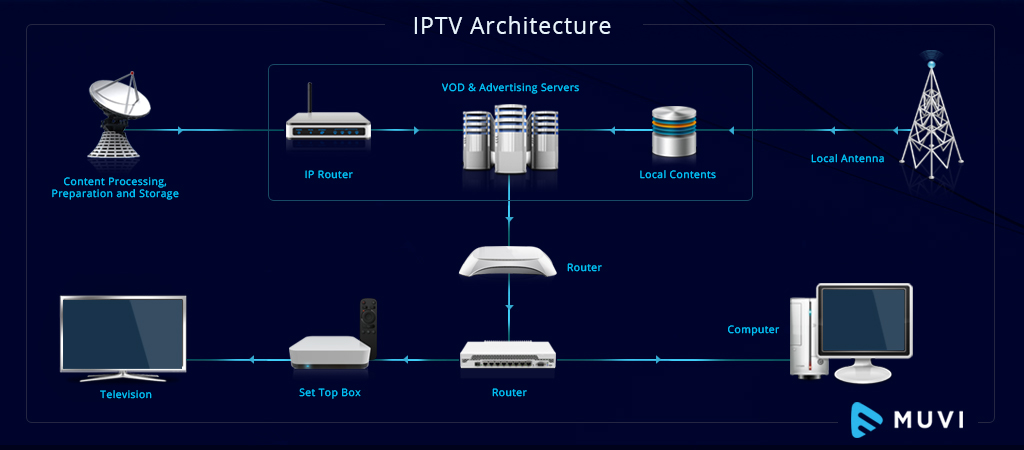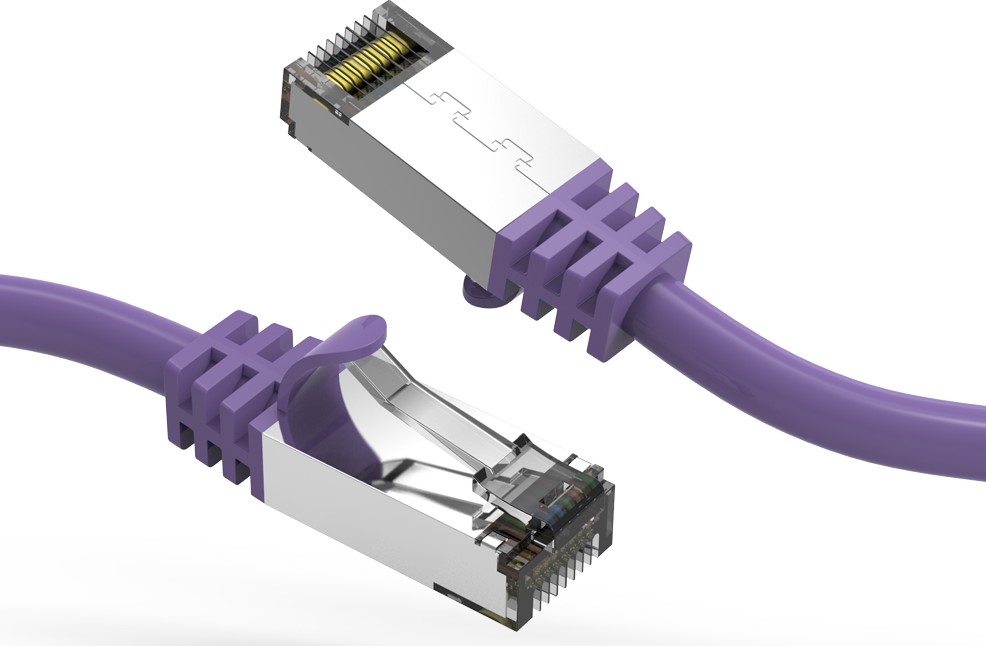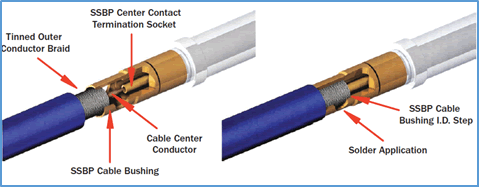In the ever-evolving world of computer technology, SATA cables play a crucial role in connecting storage devices to motherboards, ensuring fast data transfers and optimal system performance. This comprehensive guide will equip you with expert knowledge to select, utilize, and troubleshoot SATA cables for flawless data connections in 2024 and beyond.
The Evolution of SATA Technology
SATA (Serial Advanced Technology Attachment) cables replaced the older parallel ATA (PATA) cables in the early 2000s, revolutionizing data transfer speeds and device connectivity.
Key improvements over PATA:
- More compact design
- Significantly faster transfer speeds
- Improved cable management
While PATA cables were limited to 133MB/s transfer rates, SATA cables can achieve speeds exceeding 6Gbps, paving the way for high-performance storage solutions like solid-state drives (SSDs).
Understanding SATA Cable Types
There are three main SATA cable varieties, each designed for specific use cases:
- SATA Data Cables
- Transmit data between storage devices and motherboards
- Available in three speed grades:
- SATA I: 1.5Gbps
- SATA II: 3Gbps
- SATA III: 6Gbps
- SATA Power Cables
- Deliver electrical power to devices
- Feature an “L” shaped design with 15 pins
- Commonly used for hard drives, SSDs, and optical drives
- External SATA (eSATA) Cables
- Designed for external devices
- Feature rugged, locking connectors
- Support 6Gbps transfer speeds
Choosing the Right SATA Cable: Key Considerations
Follow these tips to select the optimal SATA cable for your needs:
- Opt for the Latest Standard
- Choose SATA III cables for 6Gbps data transfers
- Avoid legacy hardware to maximize performance
- Select Appropriate Length
- Aim for cables under 2 feet to minimize signal degradation
- Use cable extenders only when absolutely necessary
- Consider Locking Connectors
- Provide more secure and reliable connections
- Ideal for frequently unplugged drives
- Ensure Durability
- Look for well-insulated, thicker cables
- Choose flexible cables for tight spaces and sharp bends
- Verify Compatibility
- Confirm SATA generation support on devices and motherboards
- Check physical connector compatibility
Step-by-Step SATA Cable Installation Guide
- Power down and unplug the system
- Inspect SATA ports for dust, debris, or damage
- Connect SATA data cable to motherboard and storage device ports
- Attach SATA power cable if required
- Organize cables neatly to maintain proper airflow
- Reconnect power and verify device detection in BIOS
Troubleshooting Common SATA Issues
| Issue | Solution |
|---|---|
| Loose connections | Re-seat cables firmly |
| Faulty cables | Replace with new SATA III cables |
| Incorrect port usage | Verify correct SATA port for device type |
| Outdated BIOS | Update motherboard BIOS |
| Disabled SATA ports | Enable relevant ports in BIOS |
| Driver conflicts | Update SATA/chipset drivers |
The Future of SATA Technology
As of 2024, the global SATA cable market is projected to grow at a Compound Annual Growth Rate (CAGR) of approximately 10%. This growth is driven by increasing demand for high-performance storage solutions and the continuous evolution of data transfer technologies.
While newer standards like NVMe are gaining popularity for ultra-high-speed storage, SATA remains a crucial and widely-used technology in both consumer and enterprise environments.
Conclusion
Mastering SATA cables is essential for achieving optimal storage performance in modern computer systems. By choosing the right cables, following proper installation procedures, and troubleshooting effectively, you can ensure lightning-fast data transfers and reliable connections for years to come.
Key takeaways:
- Choose SATA III cables for 6Gbps transfer speeds
- Opt for shorter, locking cables under 2 feet
- Confirm port and connector compatibility
- Install cables securely and organize for proper airflow
- Stay informed about emerging storage technologies
Have you recently upgraded your computer’s storage with a new SSD or hard drive? Share your experience with SATA cable selection and installation in the comments below!






0